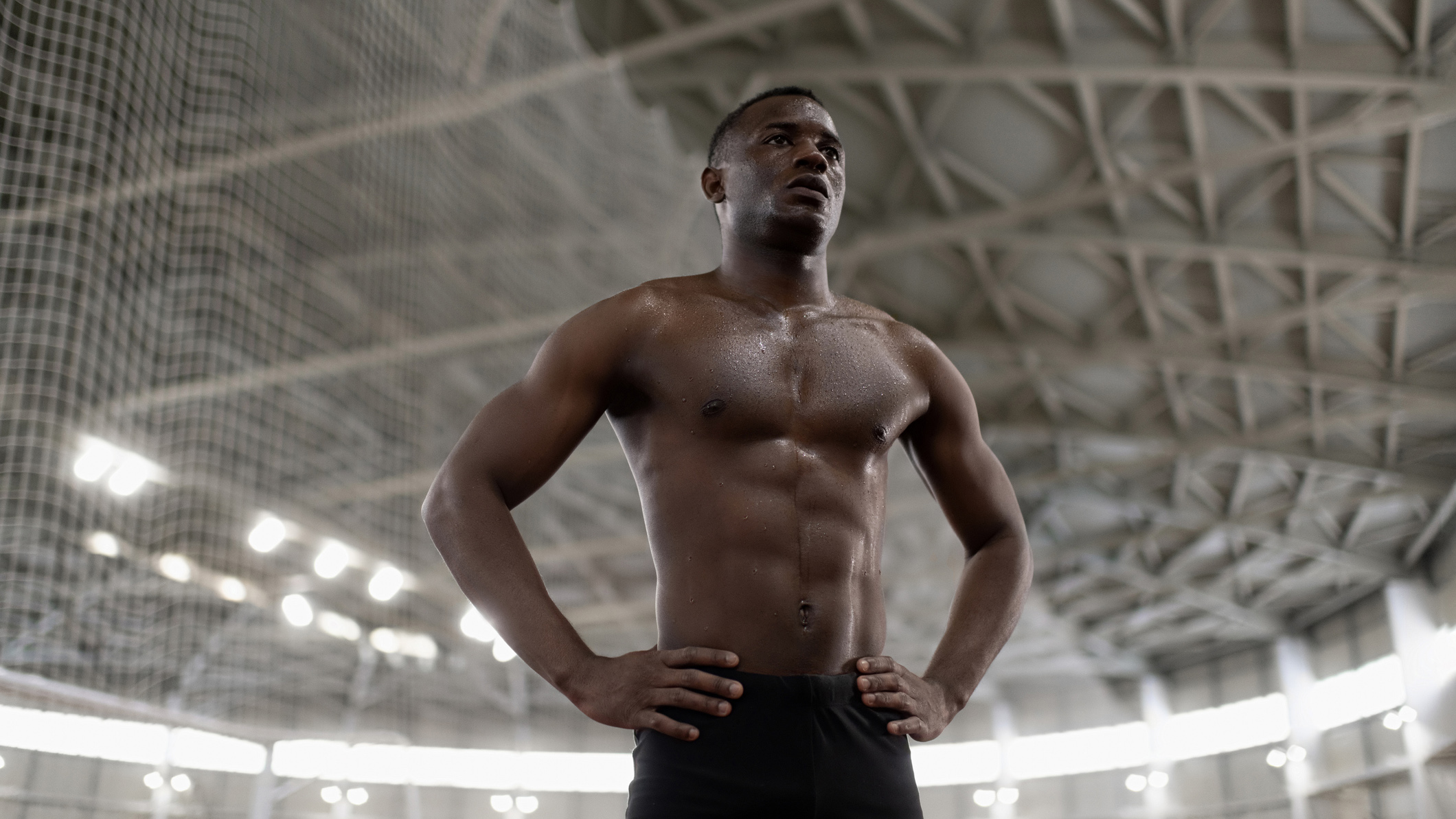

The best push-pull-legs workout is, without a doubt, the most efficient full-body exercise routine for many. This type of workout allows for quick rotation and is perfect for the time-poor, as you can squeeze in many different exercises into each session without overexerting your muscles. Ergo, you'll be able to visit more often (if you want to) without killing your gains.
This three-day push pull legs exercise routine incorporates a 'push' day when you'll focus on pushing exercises such as bench press and overhead press, a 'pull' day when you'll perform pull exercises including deadlifts, upright rows and bent over rows and a 'legs' day when you'll work your quads, glutes and hamstrings. All this without overusing any muscle group in the process – perfect!
How to perform the best push-pull-legs workout
Do 3-4 sets of 8-12 reps of each exercise. Rest around 60-90 seconds between each set and perform each rep concentrating on the muscles you want to work out (this is the so-called mind-muscle connection). Always perform a warm-up before you start working with heavy weights. The fast track to injury is to jump in and do sets with the highest amounts of weights you can lift. Do at least five minutes of cardio before the workout to increase your heart rate.
An excellent way to keep track of your heart rate is to get a decent multisport watch or a heart rate monitor. These wearables can help you better understand your body's fitness needs and aid your progress by keeping track of your training load. The accompanying apps are also super handy; you can further analyse your performance and receive tips using them.
Also, when doing large compound exercises (e.g. deadlifts, squats), it's best to have a training buddy with you for assistance. Not only it's safer but also more motivating to work out with someone. Make sure you drink plenty of water during your workouts too.
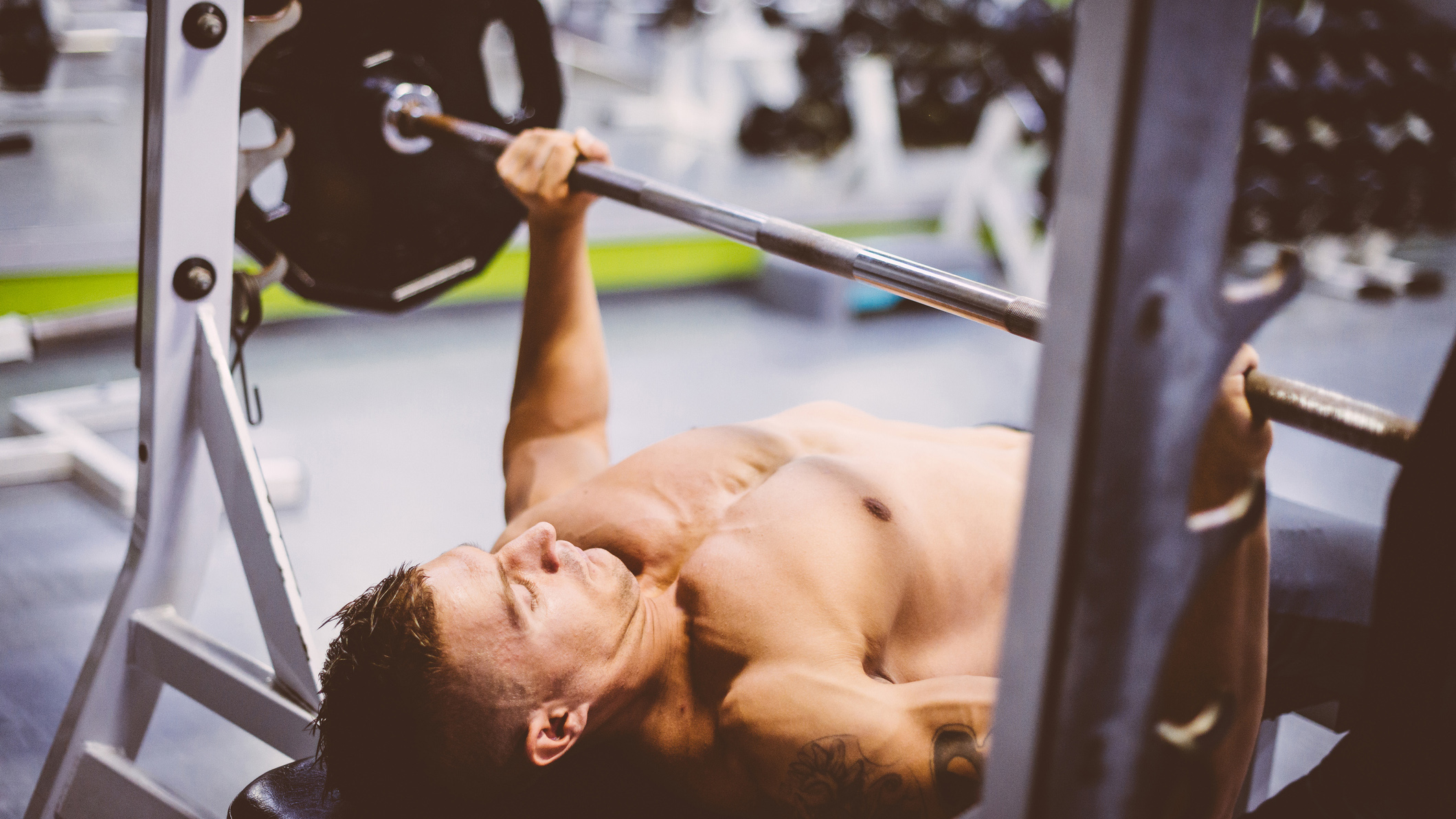
First push…
Day 1 – Push
Bench press (flat bench/ barbell or dumbbell): do it with either a barbell or a pair of dumbbells. Engage your core before you lift the weight off the rack.
Overhead press (barbell or dumbbell): this is the best exercise to work your delts on push day. Use barbells or dumbbells.
Sign up to the T3 newsletter for smarter living straight to your inbox
Get all the latest news, reviews, deals and buying guides on gorgeous tech, home and active products from the T3 experts
Triceps dips (bodyweight): do bodyweight dips if it's too hard and you can, or if you are in the gym, you can also use the assisted dip machine. At home, if you find bodyweight dips too hard, you can do dips on the floor using press-up bars.
Incline bench press (dumbbell): can also be performed with a barbell or a pair of dumbbells. Don't sit the bench up too much because then you'll work your shoulders more than your pecs.
Chest flys (dumbbell): You can do this on the pec fly machine (sitting) or even on a cable machine (standing). If you are using dumbbells, lay down on the bench like how you would if you did a bench press and lower your extended arms to the sides. Don't drop them too low and sprain your shoulder.
E-Z bar 'skull crushers' (narrow overhand grip): you can do this with a pair of dumbbells, too (use hammer grip). Elbows are pointing up and not outwards as you extend your arms.
Ab rollouts: if there isn't an ab roller anywhere in the gym, you can use a barbell to perform ab rollouts. At home, definitely use a more compact ab roller.
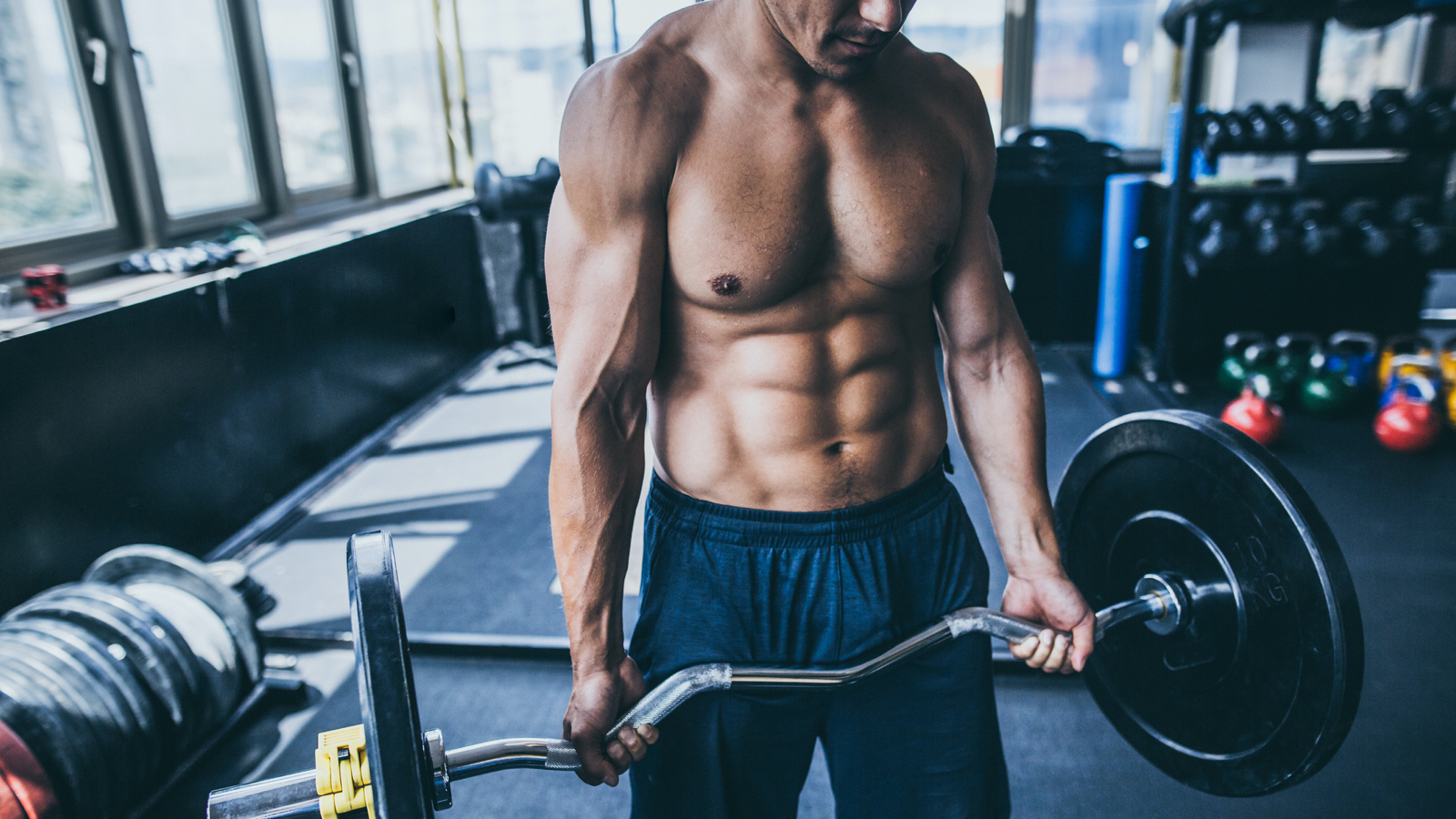
…then pull...
Day 2 – Pull
Pullup (wide grip): If you find bodyweight pull-ups too challenging, you can use the assisted pullup machine in the gym. At home, try doing one-arm dumbbell rows; those will work your lats and biceps too.
Lat pulldown (home gym alternative – resistance band pull down): perform lat pulldowns slowly, concentrating on activating your lats both during the positive and the negative movement.
Bent over row (barbell or dumbbell): use an underhand grip on either a barbell or a pair of dumbbells and pull towards your abs, not your chest. Bend your legs slightly and have them shoulder-width apart.
Standing E-Z bar bicep curl (underhand grip): you can do this either standing up or on a curling bench in the gym. If you do the former, try not to swing too much by activating your core.
Lateral raise (neutral grip/dumbbell): Show your delts some love. Perform this exercise standing, legs shoulder-width apart, core engaged. Raise the arms to the sides all the way to shoulder height and release them back down with a slow, controlled movement.
Bent-over dumbbell rear delt raise (overhand grip): perform rear delt raises with your palms facing down as you lift your arms sideways. You can also do chest-supported rear delt raises or reverse flyes on the pec fly machine.
Hanging leg raises: if your hamstrings are tight or you find it difficult to do all the reps/sets with your legs straight, you can always bend your legs. At home, do flutter kicks or V sit-ups instead.
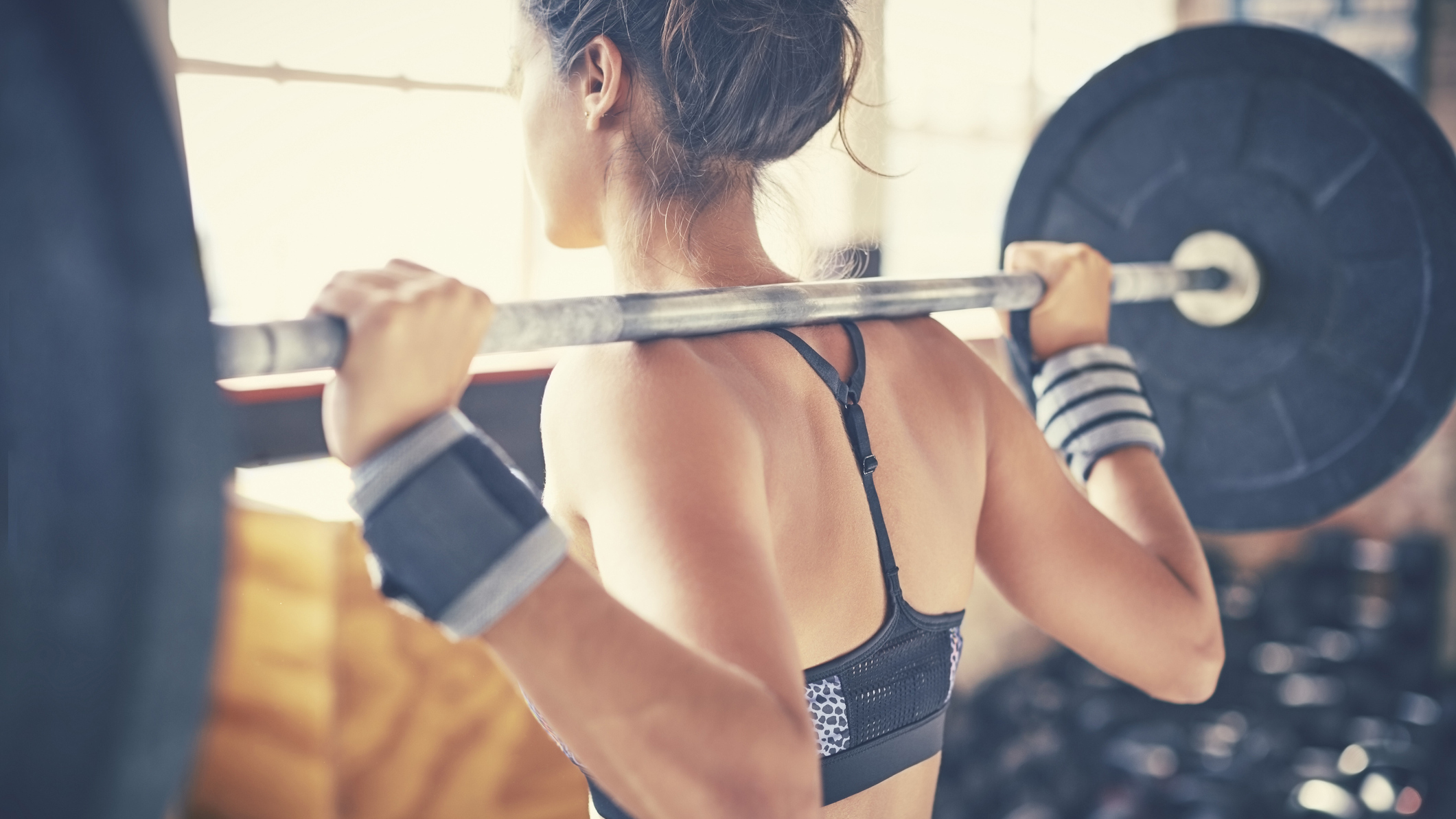
...and legs
Day 3 - Legs
Deadlift (barbell): a.k.a. the King of Lifts, the deadlift is the best compound exercise to build full-body strength and works most of the muscles in your body. Be very careful with it, though, and always warm up with smaller weights.
Weighted squats: this exercise will work your glutes, quads, erectors, core, traps and deltoids. At home, you can do thrusters (which will also work your shoulders) or goblet squats using a dumbbell or a kettlebell.
Weighted lunges (dumbbell or kettlebell): if you have the space, you can perform walking forward lunges or if you are working out in a flat, do alternating reverse lunges on the spot. Either way, hold the weights in your hands next to your body. A great exercise for the glutes, quads and traps too.
Glute bridge (barbell or weight plate): you might need a weight bench for this exercise, but a sofa or a sturdy chair could also work.
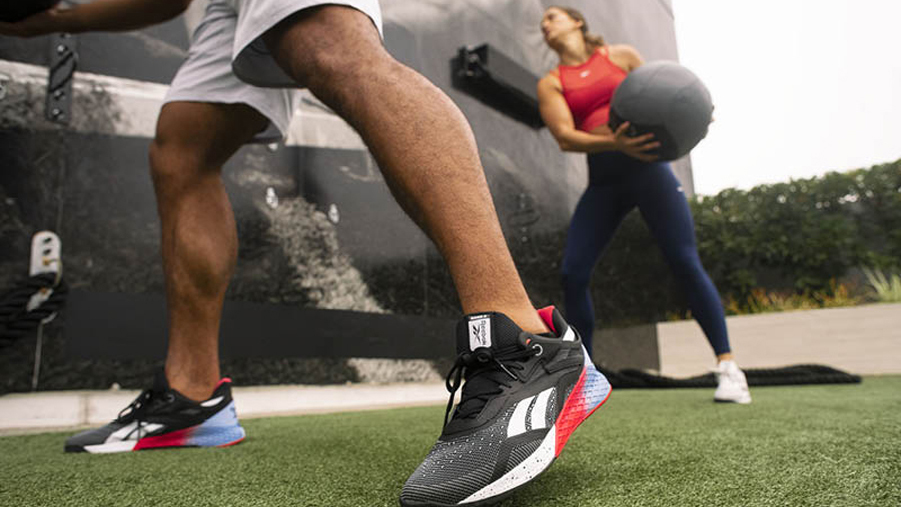
Push-pull-legs exercise routine alternatives
If you have all the time in the world, you can always hit the gym more than three times a week and work out each muscle group individually. On those days, you can perform chest routines, work on your biceps and triceps (and on your shoulders, too), give some much-deserved love to your glutes and quads with a leg day workout or perform a killer six-pack routine. Oh, don't forget to exercise your back, either!
If you only planning on working out once a week, you still have multiple options to do so. If you have access to home weights (either at a gym or at home), you can do the BIG 5, five compound exercises that give you a comprehensive full-body workout. Doing these will make you bigger AND stronger in no time.
If you haven't got access to gym equipment, you can try bodyweight training, a.k.a. callisthenics. Callisthenics exercises use body weight as resistance and therefore are very cost-efficient, although it takes a while to build the strength required to perform these exercises correctly. Try a beginner callisthenics workout first, then move on to the best callisthenics workout and finally, the hardest callisthenics workout.
One area of your body that definitely needs a lot of strength, even outside the gym, is your core. Introducing a few of the best core exercises to your routine can help you build muscle around your torso which in turn will help better your posture, sleep and more. Want to lift heavy? Train your core.
Best push pull legs exercise routine: what equipment you'll need
The below workout is best performed in a commercial gym setting where you have all the different weights and machines available to use, but if you happen to have a range of home gym equipment at your disposal, that could also work.
If an exercise is not suitable for home gyms, we'll offer an alternative workout, that is. We assume that you have at least the following equipment in your home gym: a pair of decent dumbbells (or adjustable dumbbells) and a weights bench. Ideally, you'd also want to have a barbell (and some weight plates) and a pull-up bar; a set of resistance bands wouldn't hurt, either.
For heavy deadlifts and weighted squats, we would also recommend wearing a weightlifting belt and if you are concerned about blisters, feel free to wrap your hands in the finest gym gloves on the market.
Is 'push-pull-legs' effective?
The main benefit of push-pull training is adaptability and time-effectiveness. You can work out three times a week and still see results or spend six days in the gym, and you'll see the benefits even sooner. That said, especially if you are new to working out, we recommend starting off with a three-day-per-week approach and once your muscles are used to resistance training, feel free to add more days to the plan.
Following a push-pull-legs split also simplifies training. You can swap exercises out for others as long as you keep the push-pull-legs balance. This also means you won't tire your muscles out too quickly either because, on the 'push' day, the 'pull' muscles are resting.
Push-pull-legs workout plans are especially beneficial for beginners. It's easier to remember the division between pushing and pulling movements than to know the difference between obliques, delts, quads and so forth.
If ever in doubt about which category certain exercises belong to, just think through whether you are pulling or pushing the weight as you perform the exercise. Also, the name of the exercises often helps: pullup and lat pulldown are obviously pulling exercises, while the bench press and press up are pushing workouts.
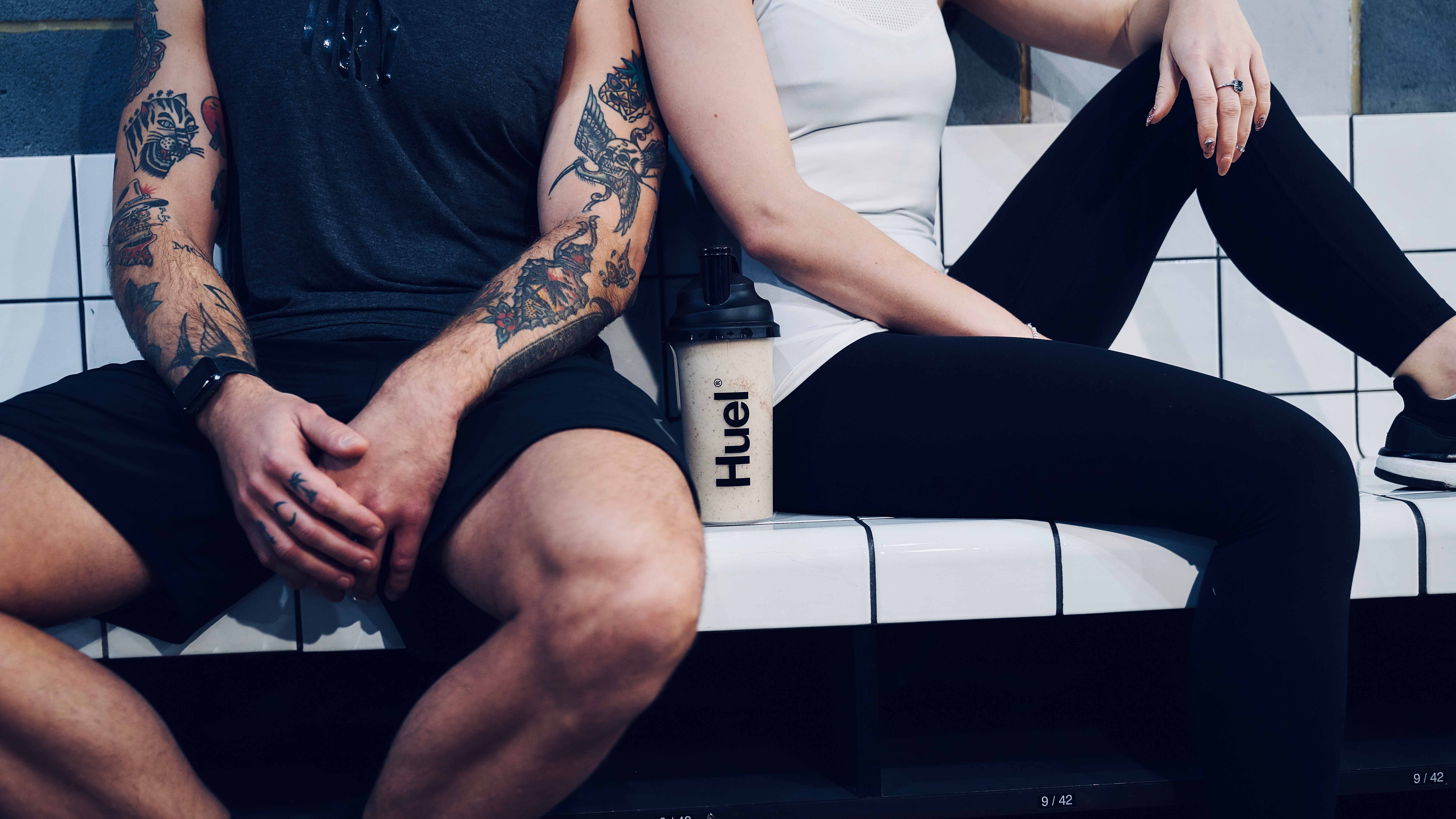
Let's talk about protein and rest
You can work out day and night and not see any changes if you don't give your body enough rest and don't supply it with the correct micro-and macronutrients. Nothing can replace a good night's sleep and some good quality protein when it comes to gains.
Although you work your muscles in the gym, they don't actually grow in the gym: muscles get bigger when 'rest' after workouts. Workouts cause microscopic tears to appear on muscle fibres, and in order to get ready for future workouts, the body 'patches up' these tears using dietary protein in a process called muscle protein synthesis.
This process also makes the muscles bigger. Needless to say, we are oversimplifying the muscle-building process, but in layman's terms, this is the reason why you get big when you work out.
If you are actively working out, you'll need around 1.6-2.2 grams of protein per kilogram of body mass per day. Not only that, but because your body doesn't have protein reserves (unlike carb and fat reserves), you'll have to supply it with protein frequently so it can grow.
It's no good to take half the amount of protein in the morning and the other half before bed; you want to space out your intake throughout the day. Talking about timing: here are the best pre-and post-workout meals, as recommended by a nutritionist.
You can use the protein powder and other protein supplements when needed but try to cover the bulk of your protein needs with natural protein sources such as lean meat, nuts, eggs, oily fish, leafy green veg, tofu etc. For 'hard gainers', adding weight gainer supplements to the nutrition plan could also be beneficial.

Matt Kollat is a journalist and content creator who works for T3.com and its magazine counterpart as an Active Editor. His areas of expertise include wearables, drones, fitness equipment, nutrition and outdoor gear. He joined T3 in 2019. His byline appears in several publications, including Techradar and Fit&Well, and more. Matt also collaborated with other content creators (e.g. Garage Gym Reviews) and judged many awards, such as the European Specialist Sports Nutrition Alliance's ESSNawards. When he isn't working out, running or cycling, you'll find him roaming the countryside and trying out new podcasting and content creation equipment.

